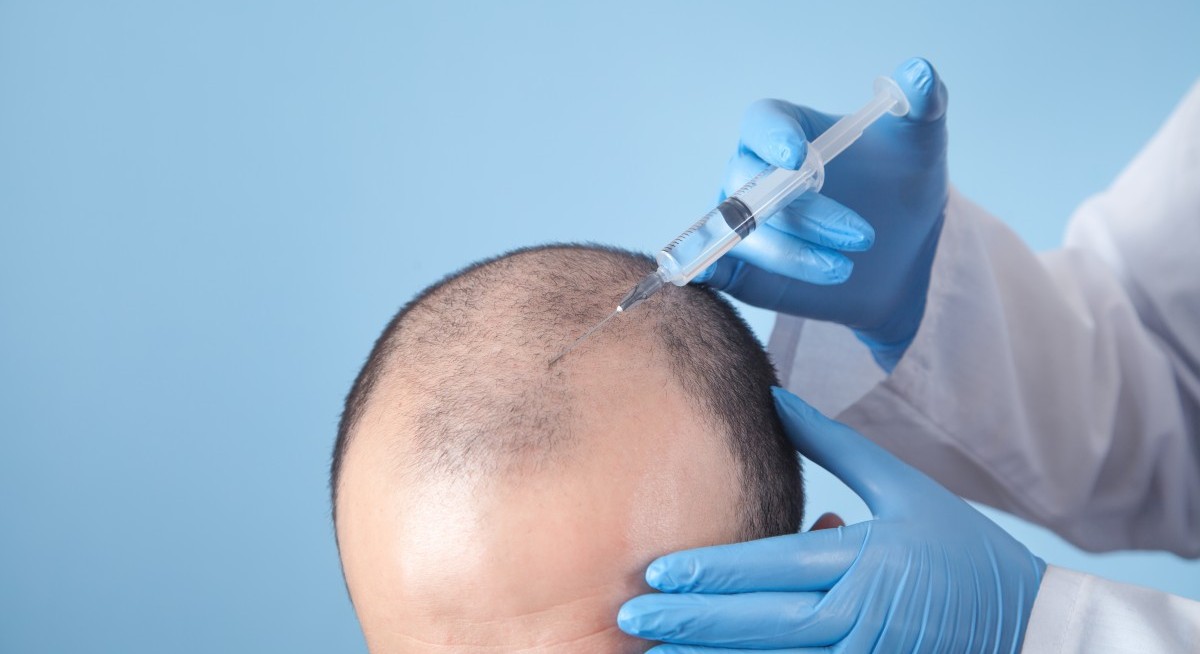My barber was a portly bald man in his mid-50s. He had been cutting hair for over three decades. Over 3,000 scalps had been sculpted by him.
The veteran was convinced that the thinning was the first step to baldness. It was alarming. I had not yet entered the job market, or even the dating market. My paternal grandfather was fully bald by the age of 30.
There is a high genetic component to baldness. Though baldness is linked to old age, it is a young man’s problem. It takes place aggressively in the 20s.
Famous bald people, like the actor who played Detective Kojak on TV or Vladimir Putin, were bald by the age of 30.
See also: World’s largest airline caterer Gategroup said to ready for IPO — Bloomberg
It affects at least one out of three adult males. Most men are eventually bald by the age of 70. If one retains one’s hair by the age of 30, one is likely to keep it for life.
In my 20s, I used various methods to keep my hair. These included Minoxidil, an oil that was applied every morning. Minoxidil boosts blood flow to hair follicles. It slows hair loss and promotes regrowth for some users. It is sold under the brand name Rogaine.
There was also Propecia (or Finasteride), an oral drug that slows baldness. These drugs can reduce hair loss, but cannot prevent it. A permanent cure for male pattern baldness remains elusive.
See also: Trafigura boosts trader payouts after another bumper profit
The condition is driven by dihydrotestosterone (DHT). This is a testosterone byproduct, which gradually shrinks hair follicles. Stress and unlucky ancestry can worsen the situation.
Treatments like Propecia and Minoxidil offer partial success. They slow hair loss and promote regrowth in some men. They do not reverse follicle miniaturisation. Once treatment stops, hair loss resumes.
The biology of hair growth is complex and cyclical, involving hormonal sensitivity and stem cell signaling. It makes developing a complete cure difficult.
Baldness remains a problem science can only manage, not solve. The quest for a baldness cure could soon have its Ozempic moment.
Ozempic is a weight-loss drug that is now used by 14 million people worldwide. The total market for baldness prevention is US$10 billion ($13 billion) and could double by 2030.
The market has moved beyond Propecia and Minoxidil. There are stem-cell start-ups promising follicular resurrection. There is money in every strand.
There are pharma companies at the forefront of this field. Sun Pharma has made the boldest move yet with Leqselvi, its launch for a baldness cure.
Sink your teeth into in-depth insights from our contributors, and dive into financial and economic trends
At around 35 times forward earnings, Sun Pharma is no deep-value play, but its push into novel dermatology therapies could justify a premium.
Success in hair restoration would vault it beyond its traditional generics base. It would be similar to Novo Nordisk, which rode Ozempic from diabetes care to weight loss.
Meanwhile, Absci Corp has brought AI into the follicular frontier. Its biologic ABS-201, which restored full fur growth in animal trials. It targeted the prolactin receptor — a master switch for hair dormancy.
Despite the hype, Absci trades at just a US$400 million market cap. This is a fraction of its 2021 spac peak of US$2.5 billion.
Investors may want to look at the private sphere. Pelage Pharmaceuticals is a California biotech developing PP405, a treatment that reawakens dormant hair-follicle stem cells.
Pelage’s early-stage data have generated buzz similar to pre-IPO Botox or Ozempic. If its Phase 2 results remain strong, Pelage could become a prime acquisition target. It is the biotech equivalent of striking oil.
Some players prefer steady scalps over speculative science. Hims & Hers Health may be appropriate. It trades near six times 2025E sales with over 37% implied undervaluation.
Hims & Hers Health monetises baldness fears better than anyone. There are subscriptions for FDA-approved hair-loss meds. It is a compounding cash flow story, with a high proportion of recurring revenue.
My barber warned me about hair loss three decades ago. Investors should now take heed. The next biotech rally may sprout on top of their heads.
Nirgunan Tiruchelvam is head of consumer and internet at Aletheia Capital and author of Investing in the Covid Era




